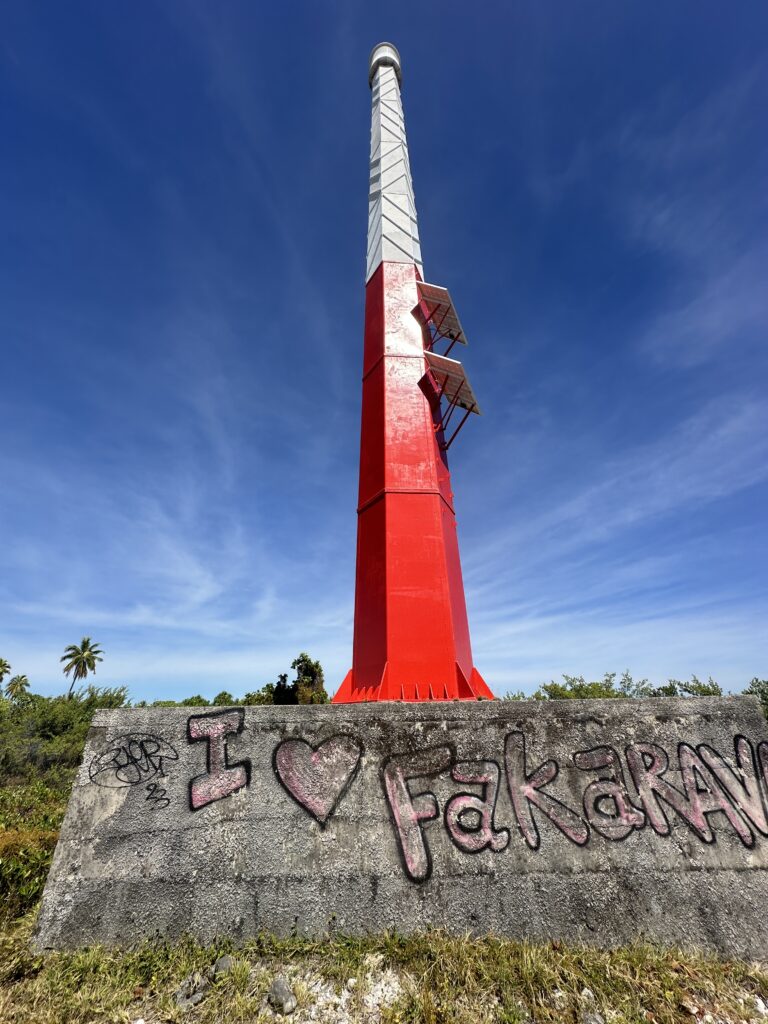Diving the Tetamanu or South pass in Fakarava, is on most divers’ bucket list. The pass supposedly has up to 700 sharks, living and feeding over a short distance. This is a protected area, and is a UNESCO Biosphere Reserve, meaning it is a ‘learning place for sustainable development’.
This dive site is located right by Tetamanu village, which used to be the main village in Fakarava, until it was demolished by a cyclone many years ago. Now it has about 40 inhabitants, and hosts several hostels and dive centers.
We toured the charming little city, while we got ready for our first dive.

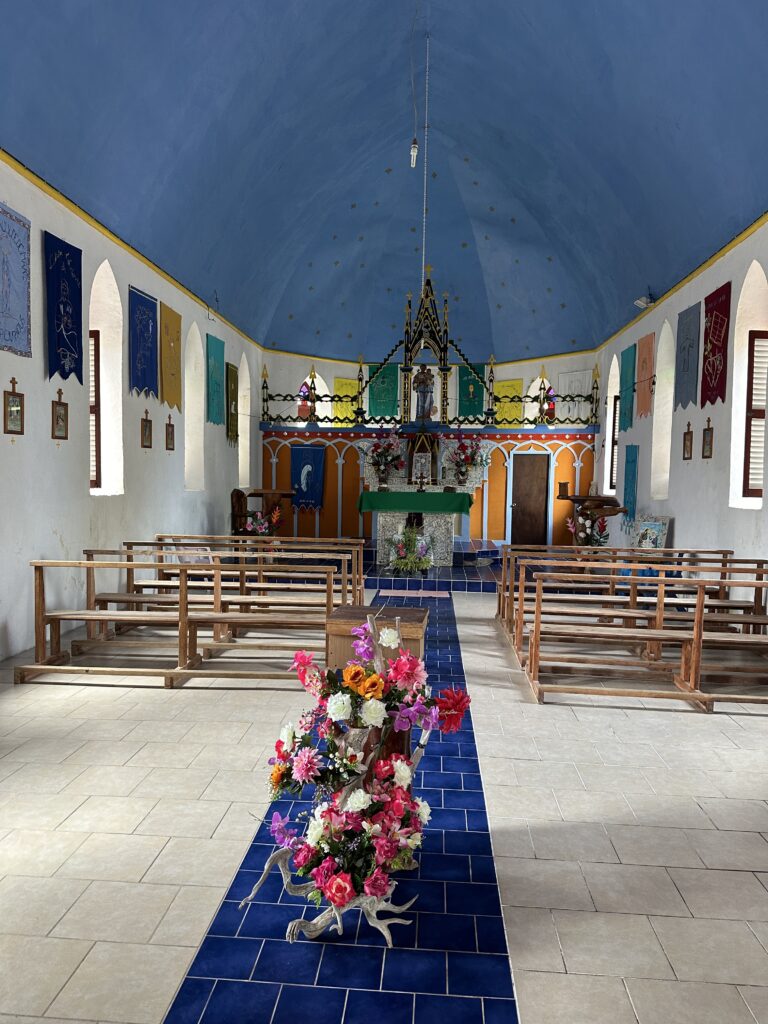
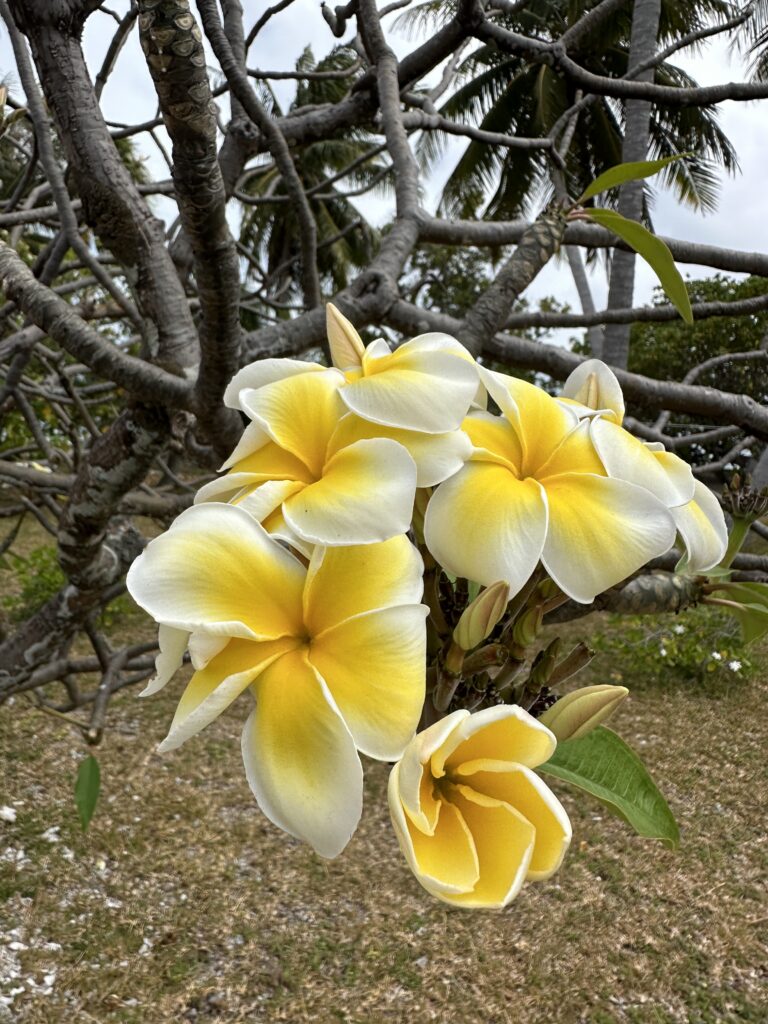
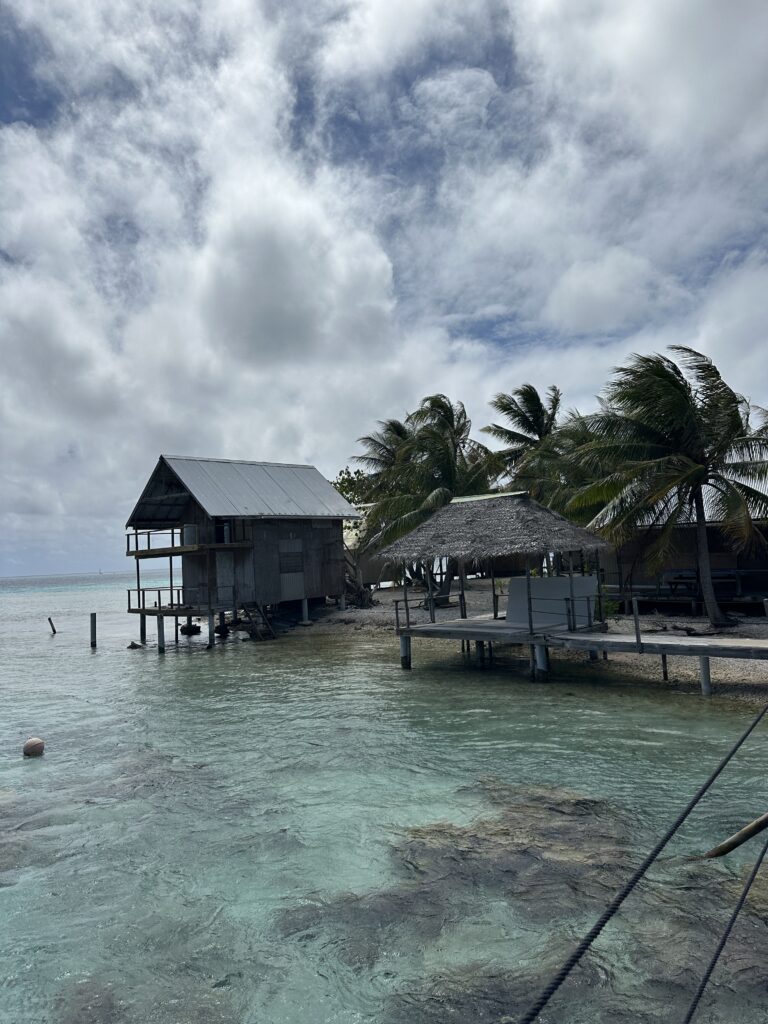
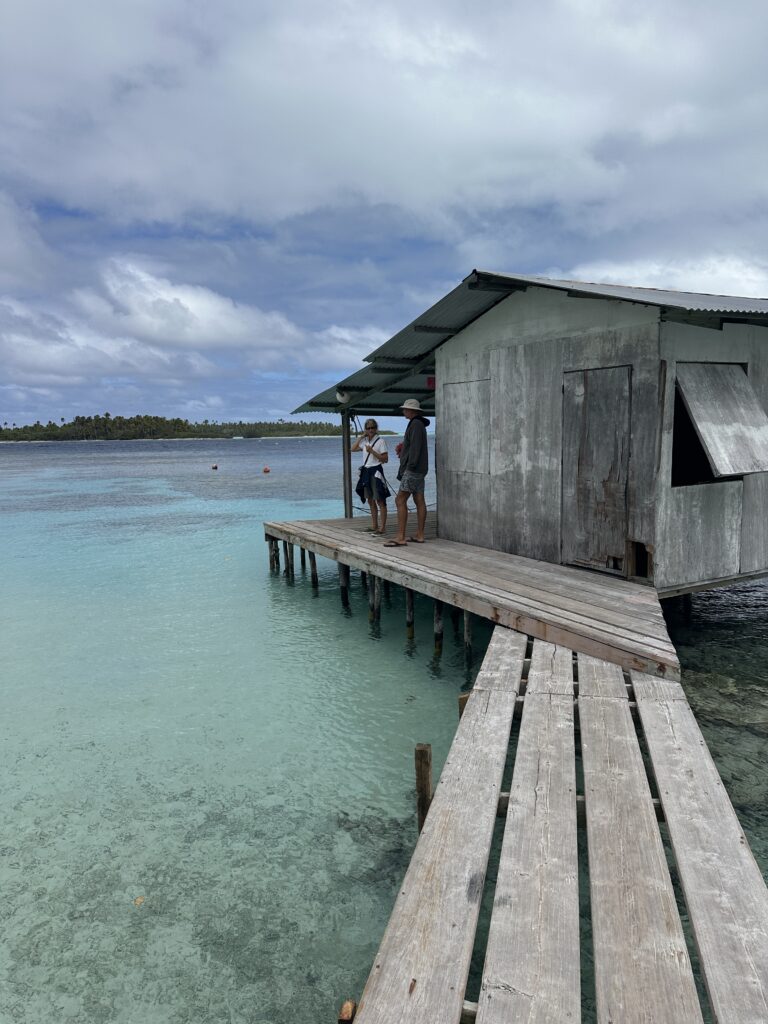
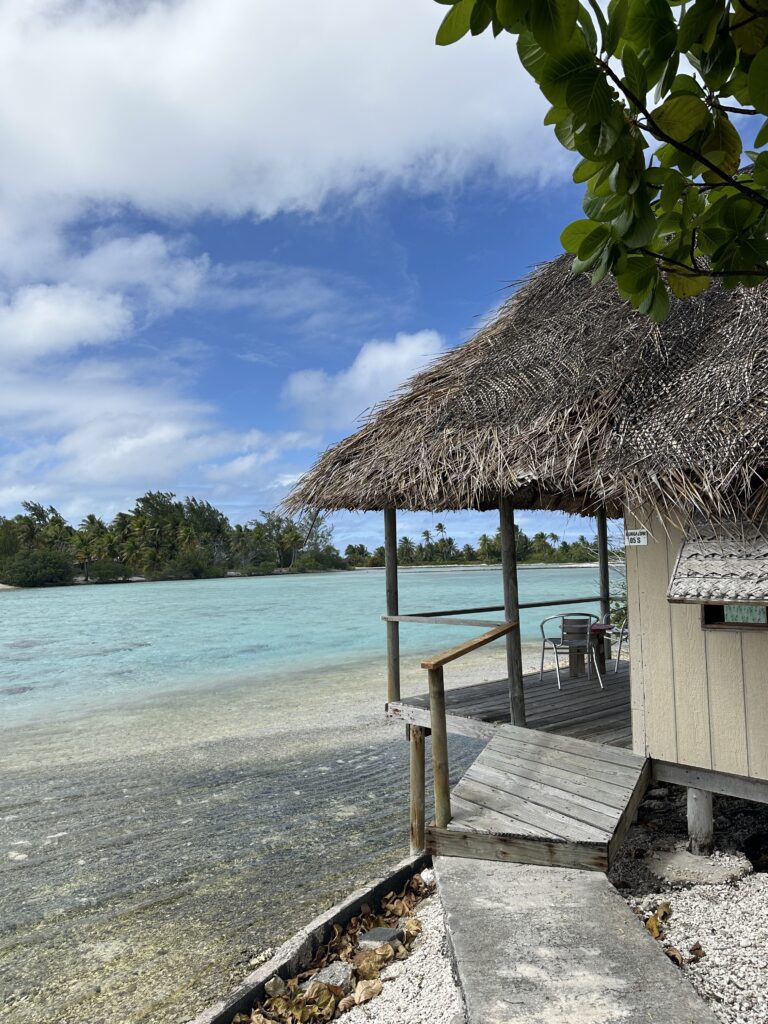
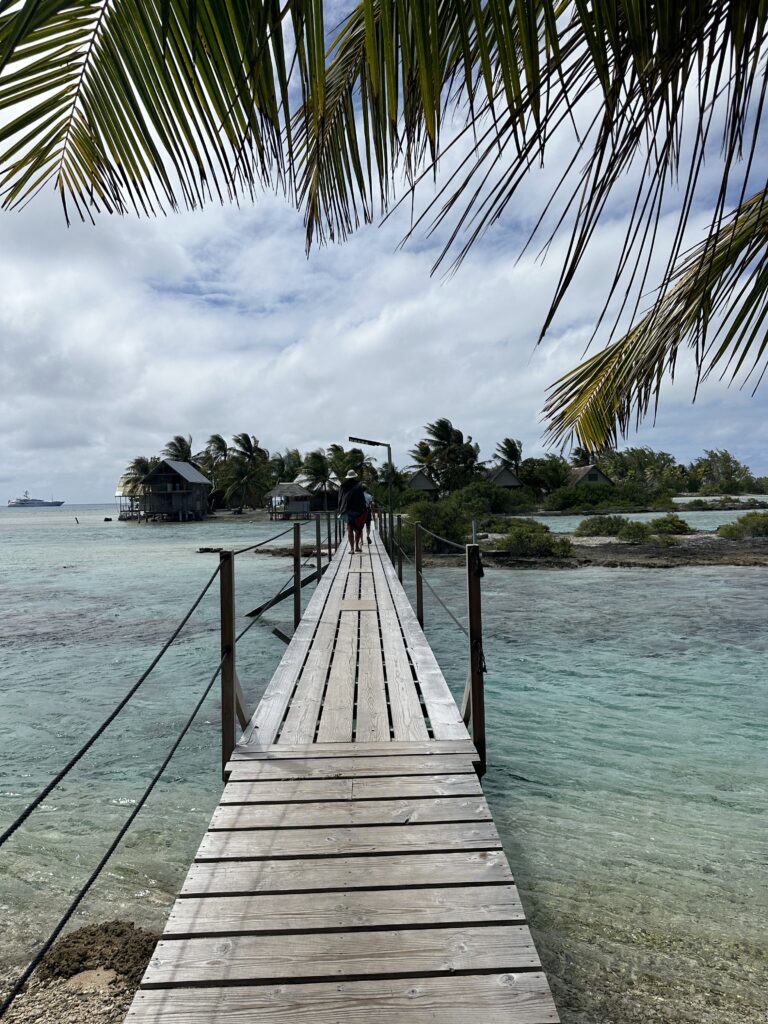
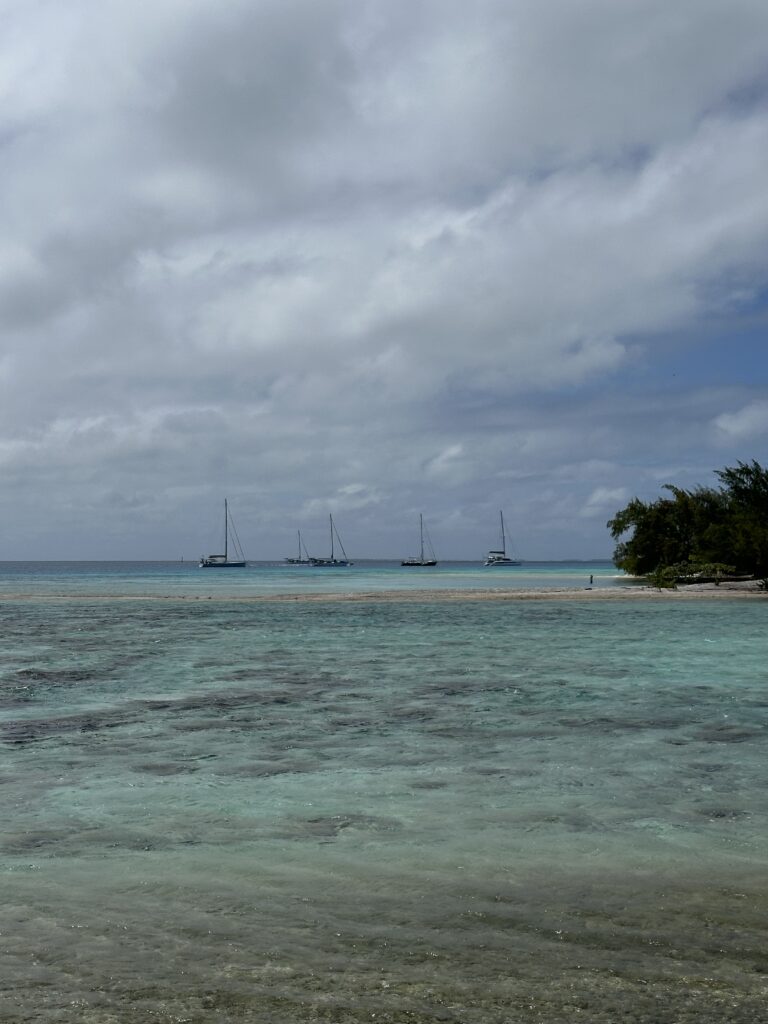
As we dive these passes, we have to plan ahead according to when the tide is going in or out. There is a lot of current as the water passes through this little opening which fills a huge lagoon. Ideally, we get in the water at slack tide, just as it turns from outgoing to ingoing flow.
Most of our dives were done in the morning, and we had beautiful light under water from the sun lighting up the Wall of Sharks. There are mainly grey reef sharks, but we also saw plenty of reef black tips, some reef white tips, and a rare Oceanic white tip shark.
We had a total of ten dives over the almost two weeks we spent there. One of them was a night dive, which definitely was a special experience as we watched the sharks hunting. We came especially close to the sharks at night, as they used our lights to hunt.
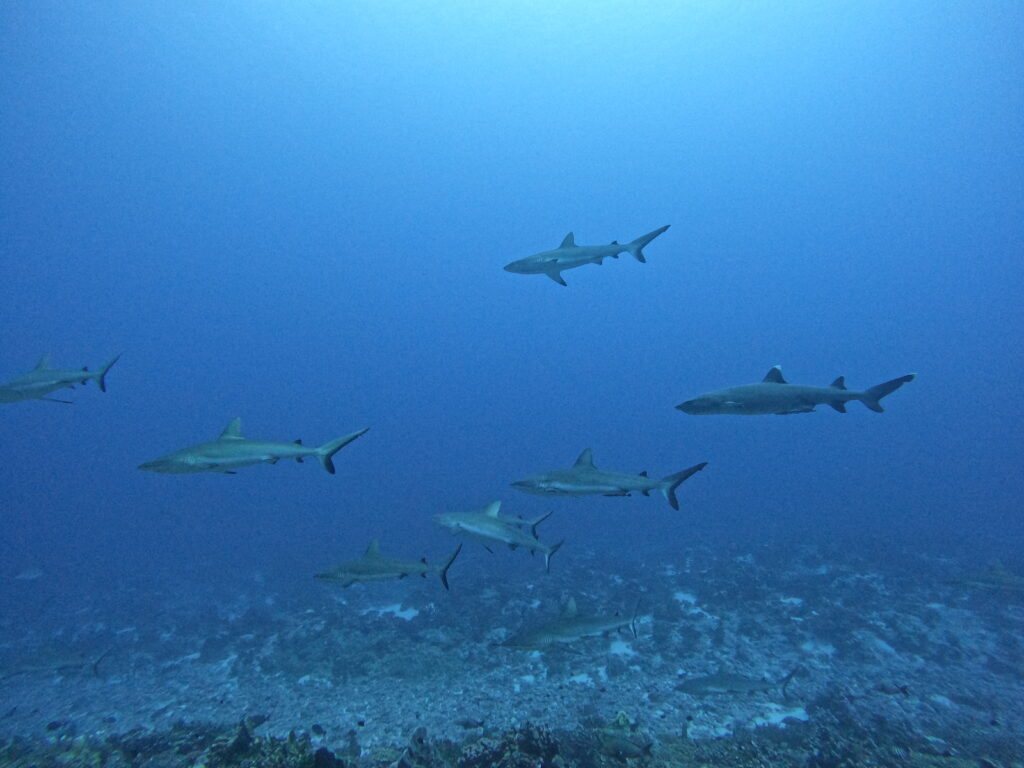
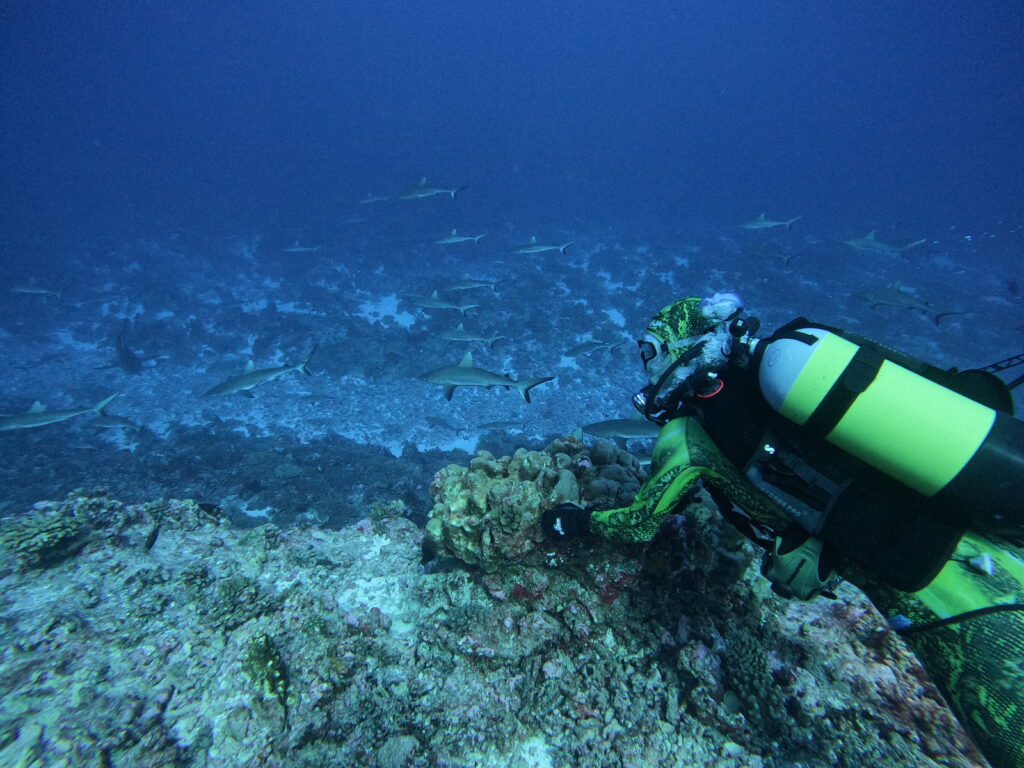
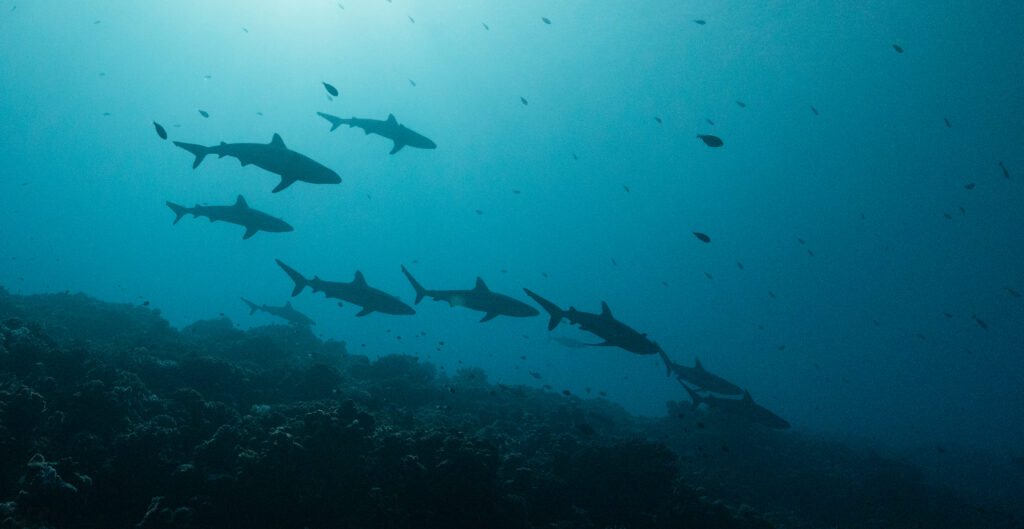
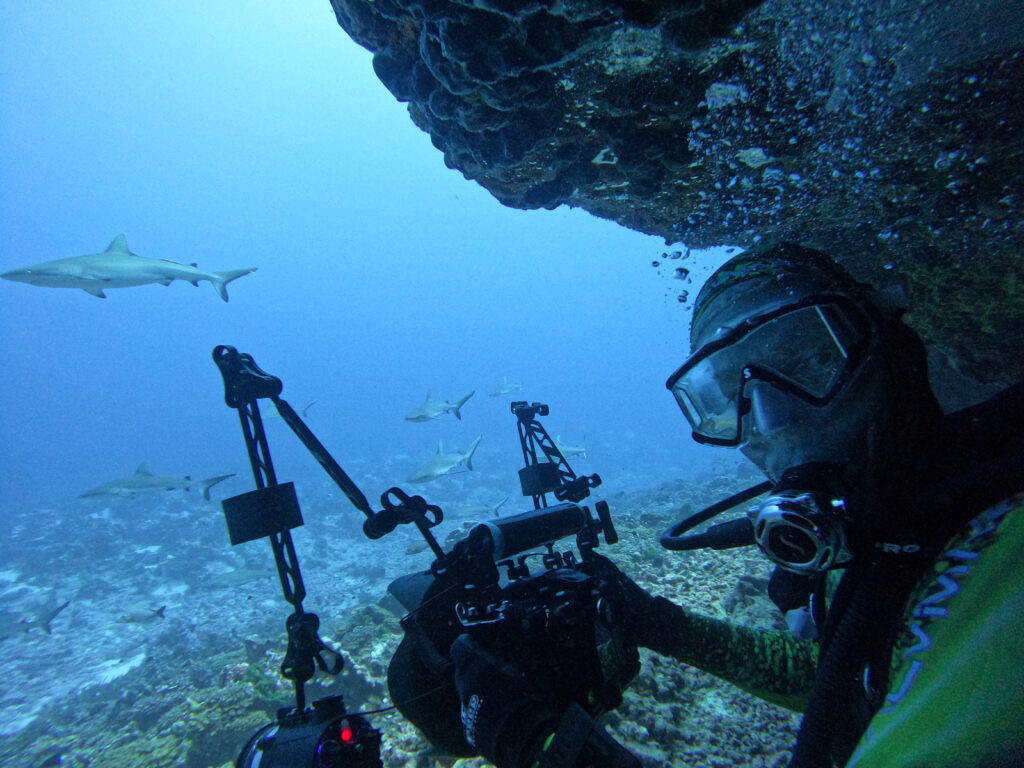
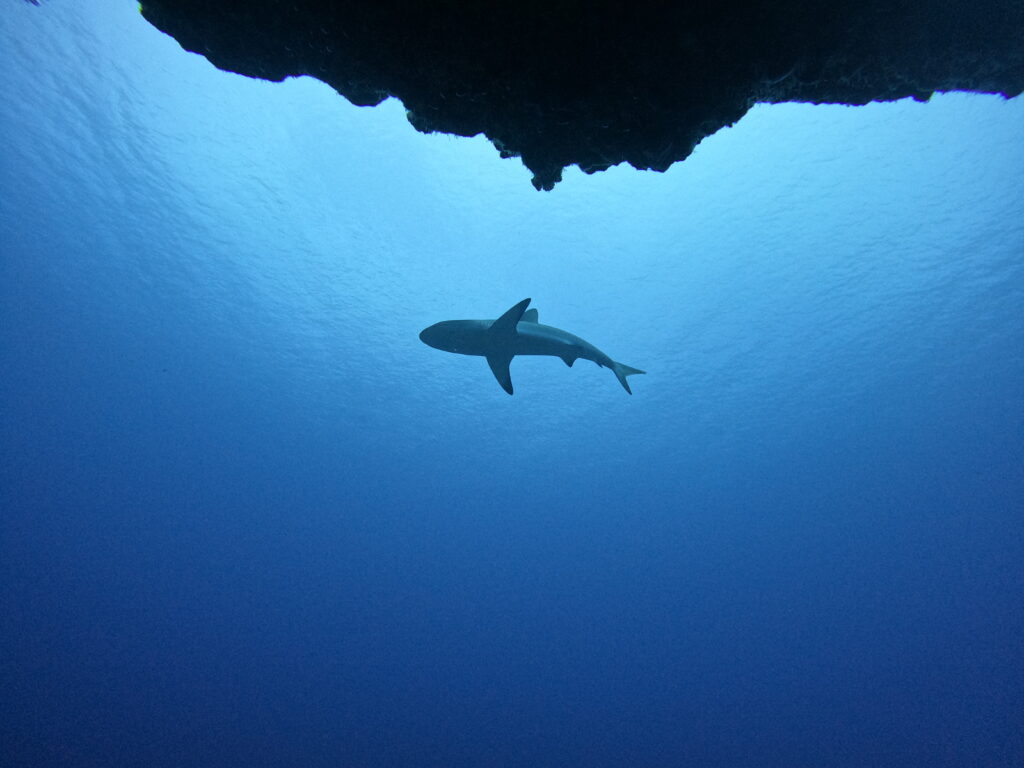
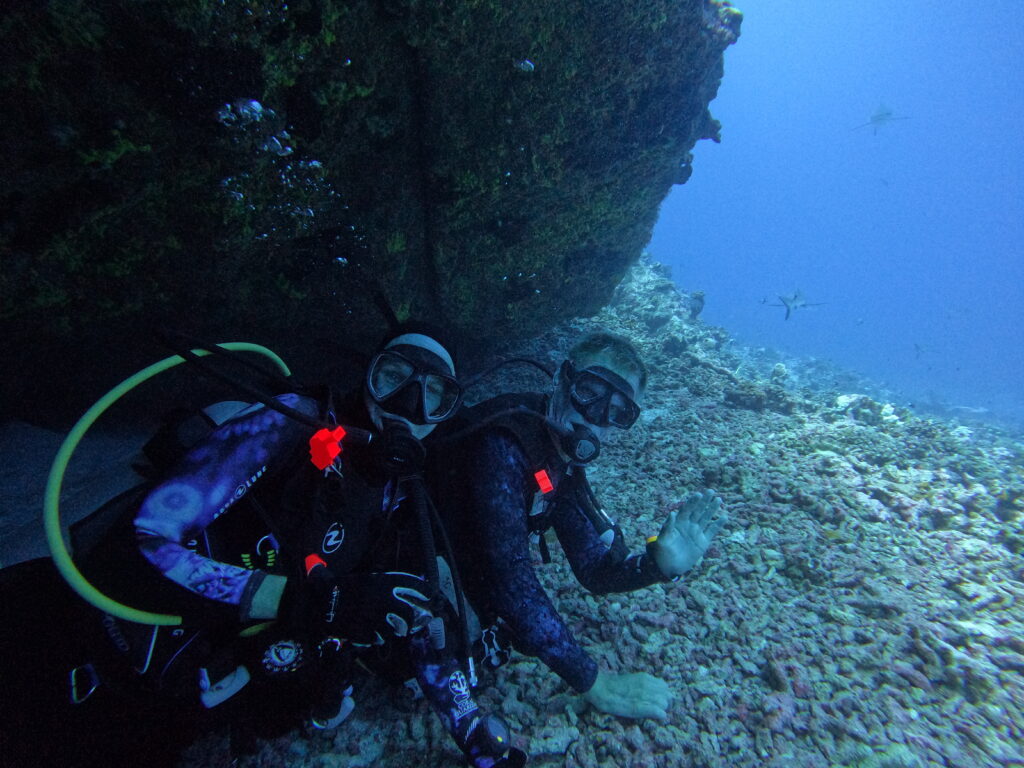
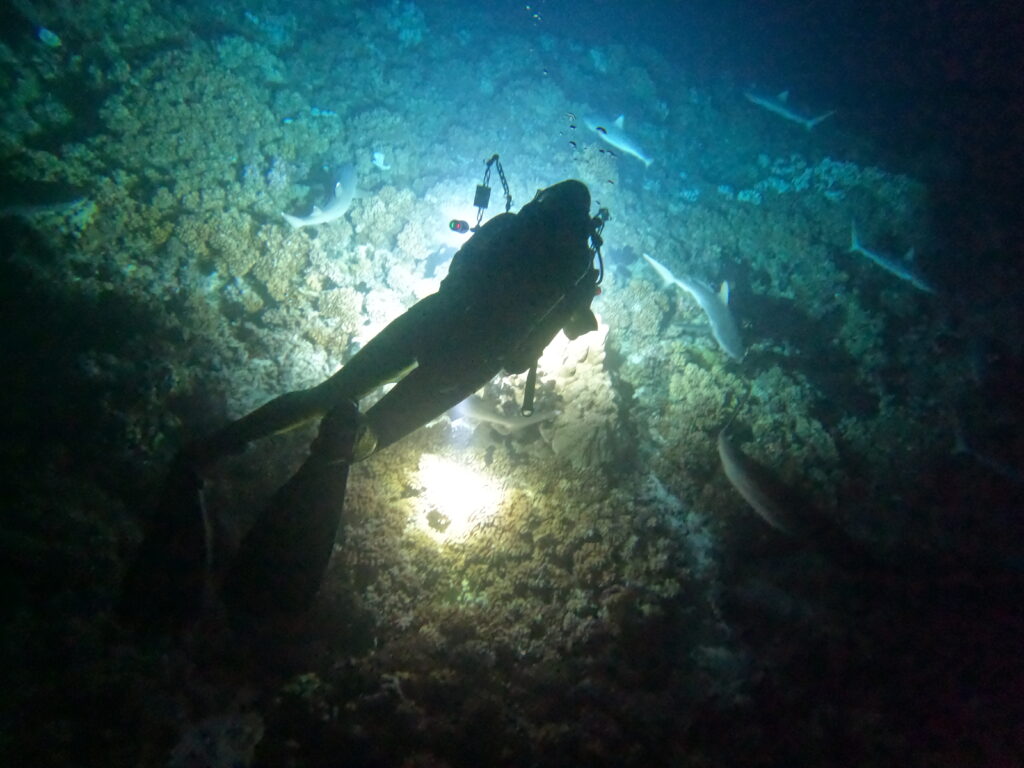
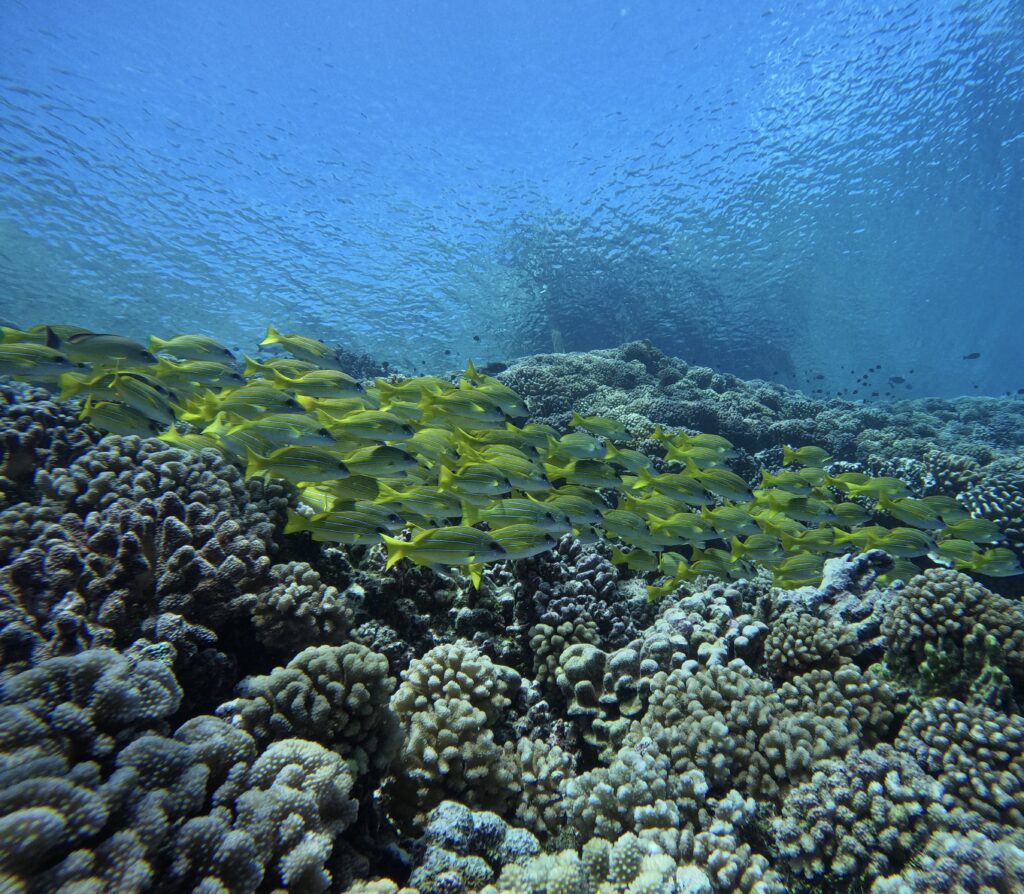
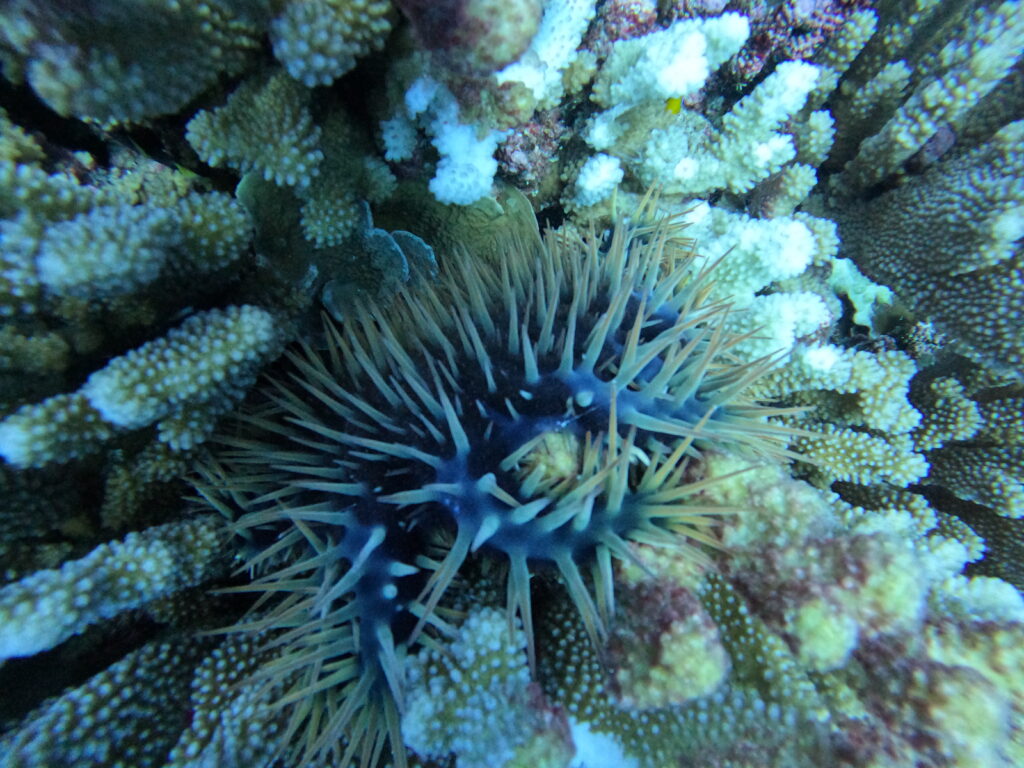
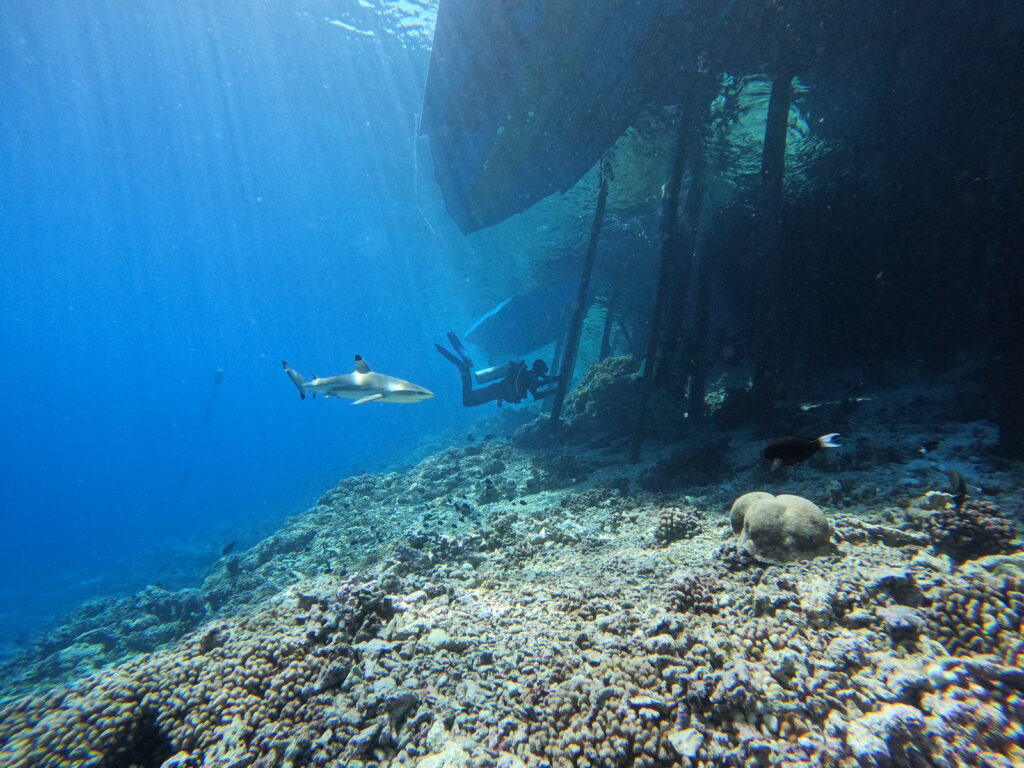
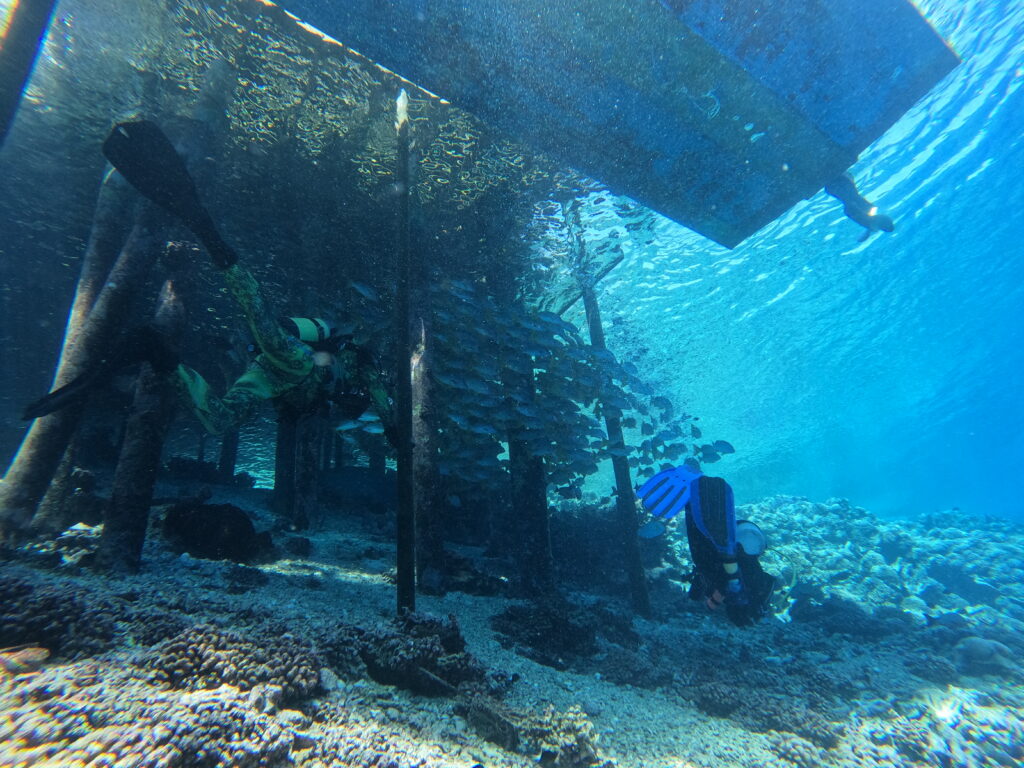
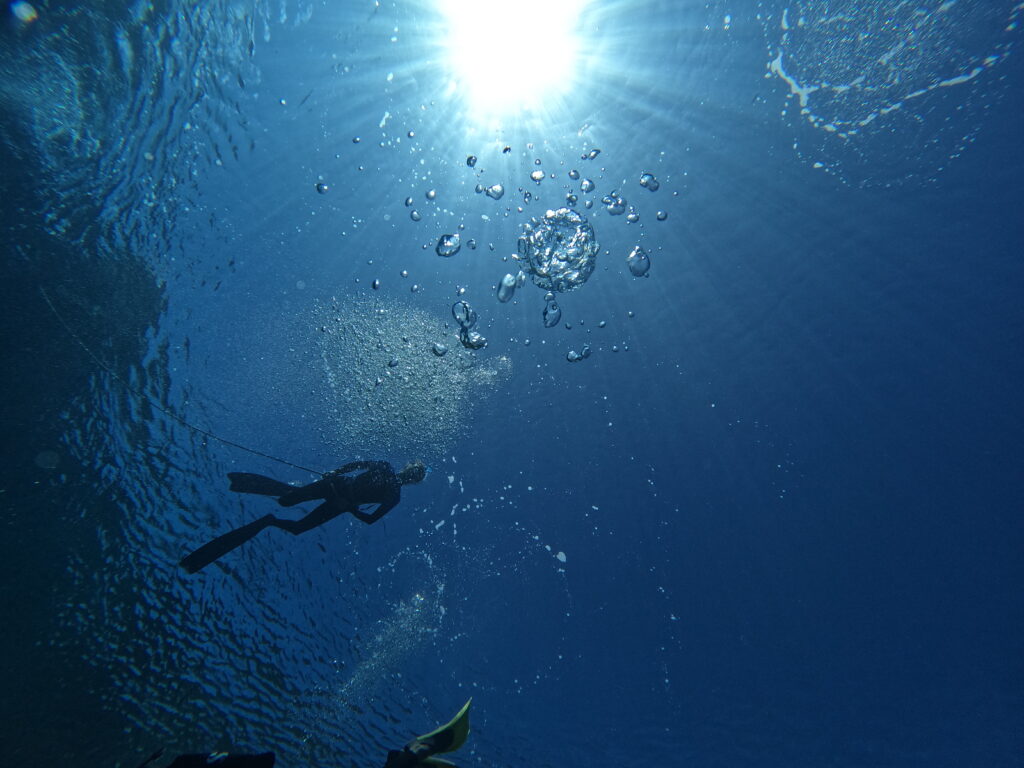
The captain made a video, which best describes the experiences we had under water.
Only a short dinghy ride away from the anchorage is an area called Sable Rosé. The sand is pinkish and the sea turquoise. It looks like paradise.
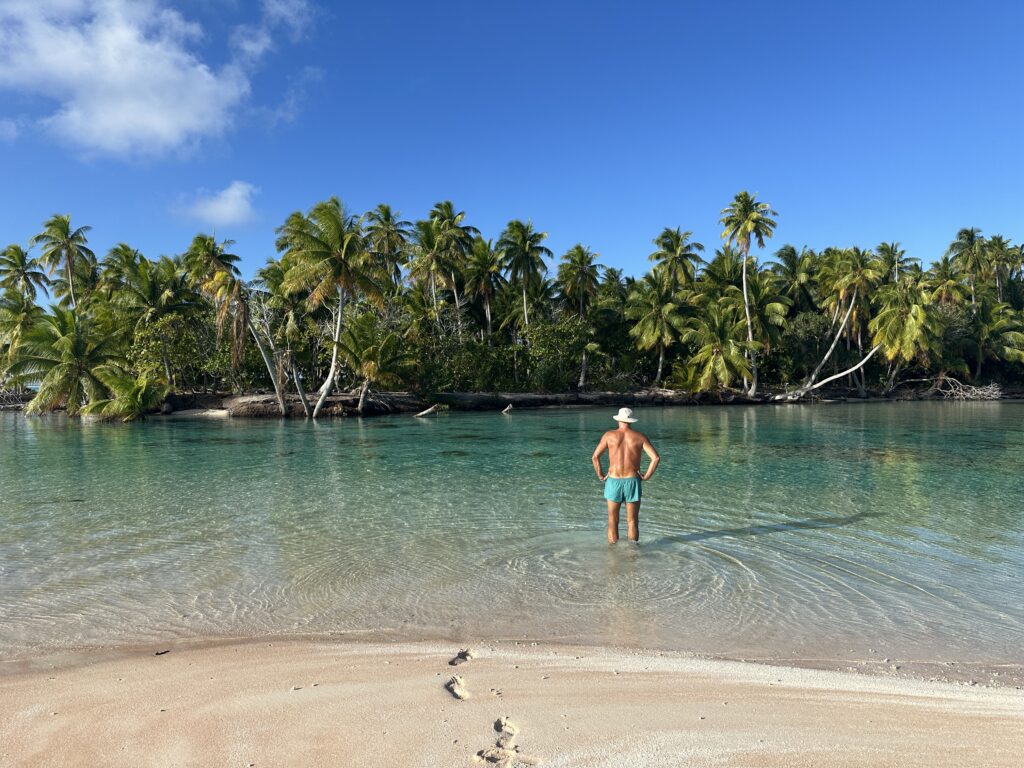
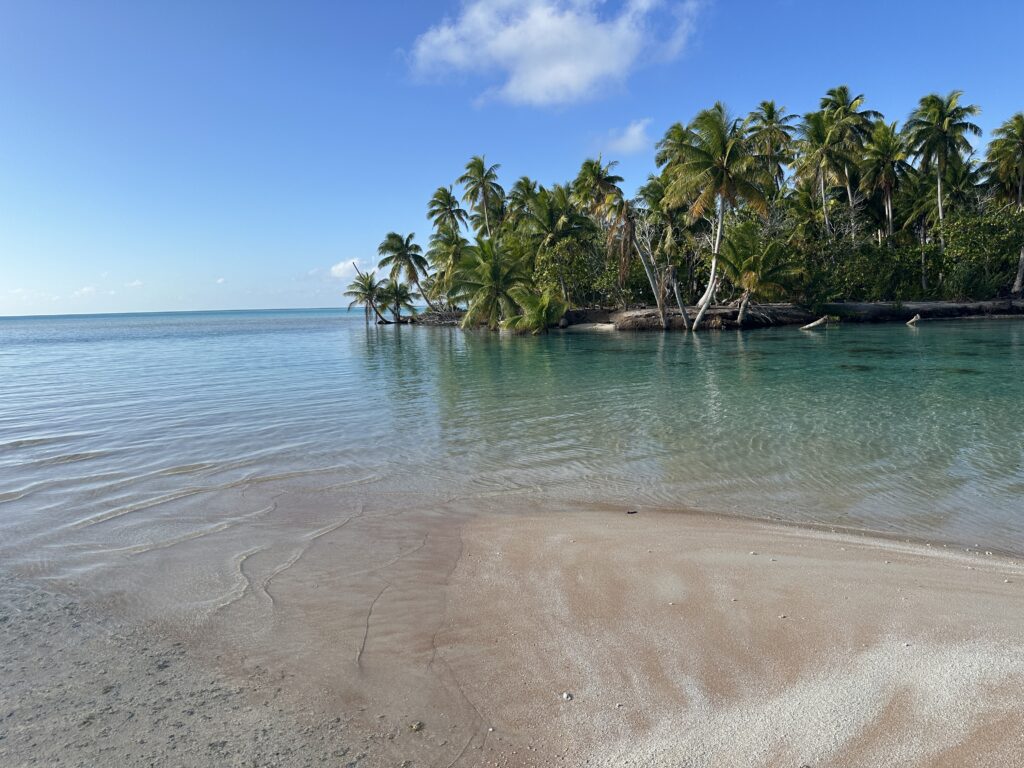
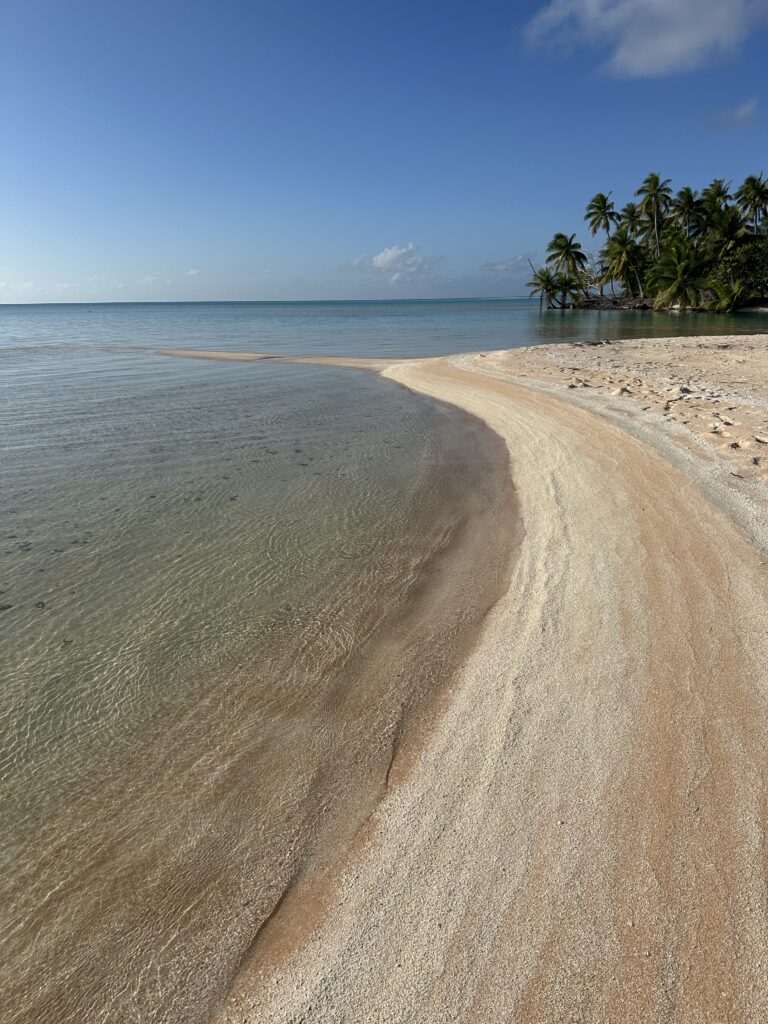
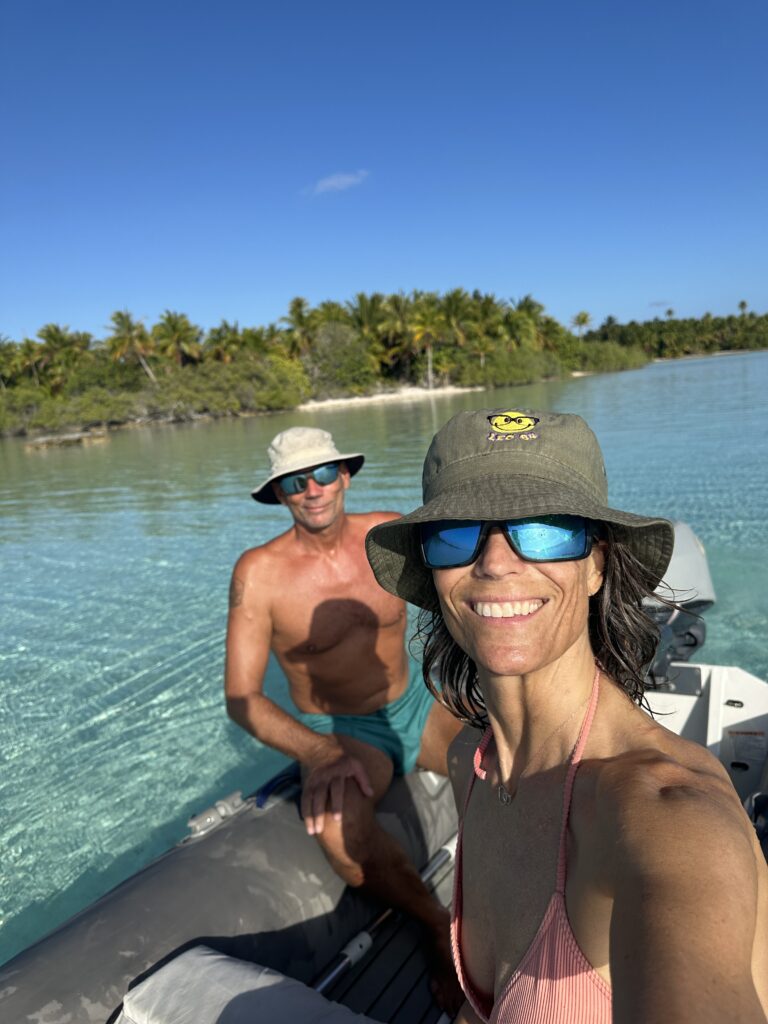
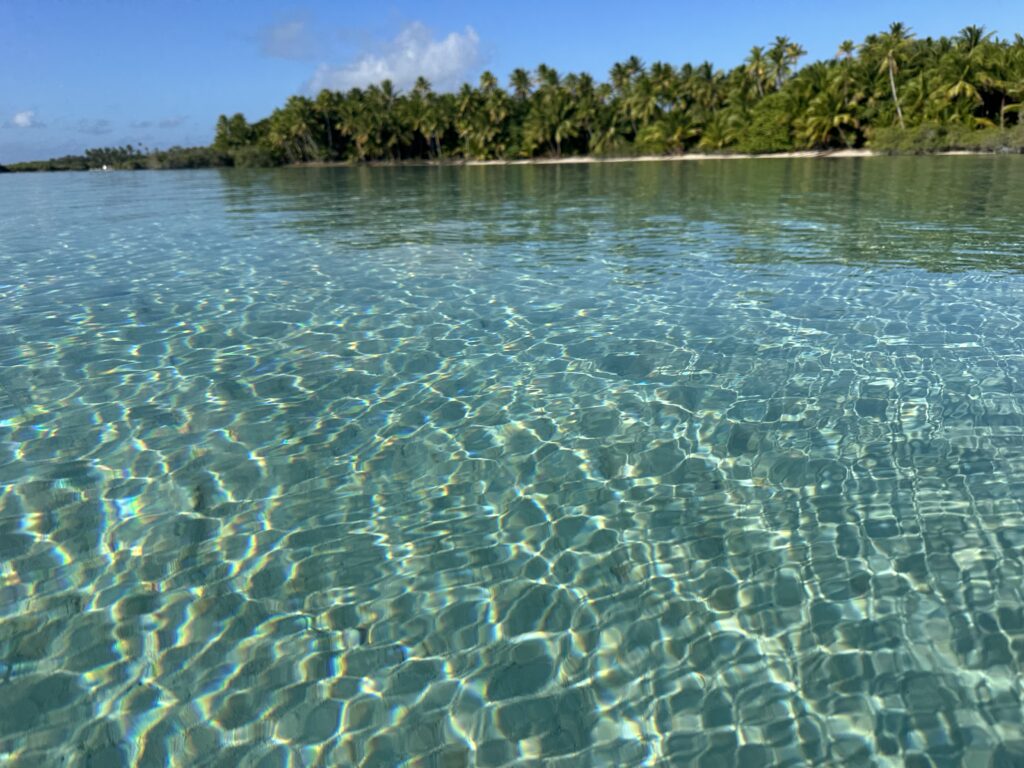
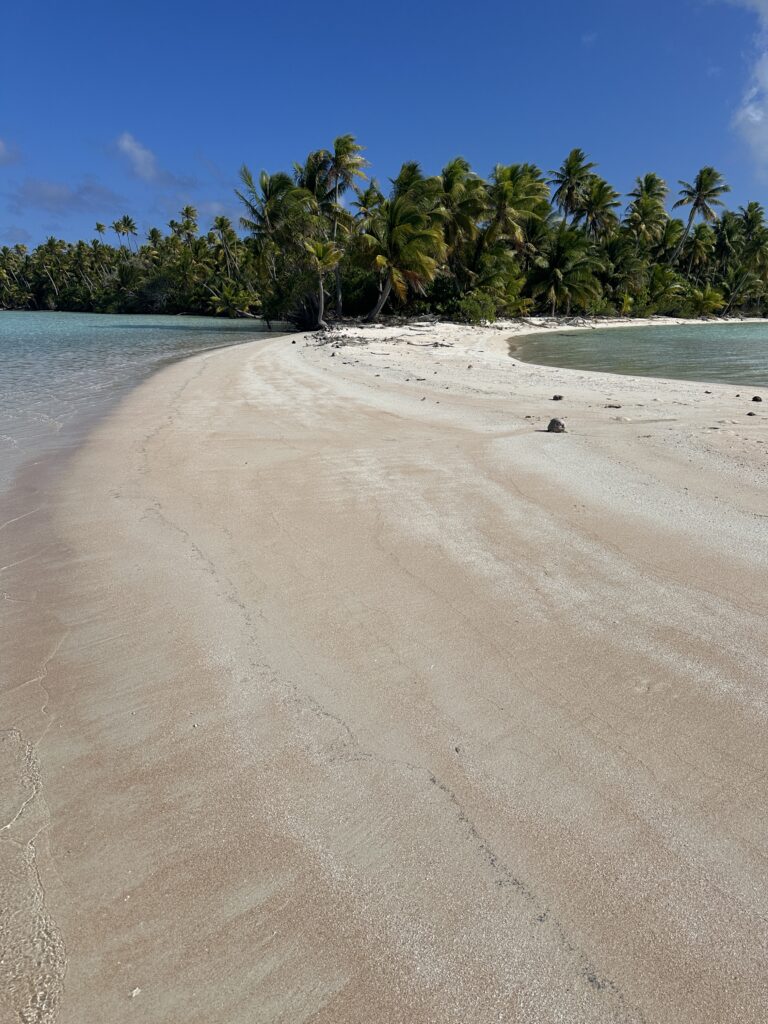
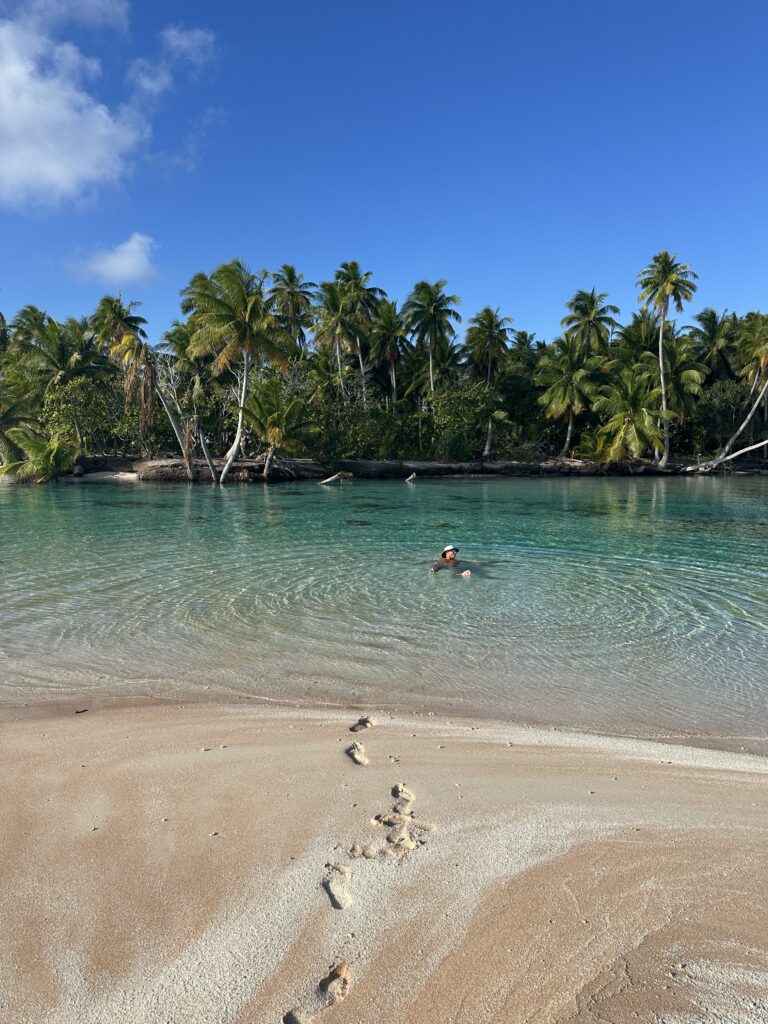
We shared a couple of meals onshore with other cruisers and divers. One evening we went to eat at the hostel and dive center in town, Tetamanu Village. They served a dinner buffet which we shared with their guests.
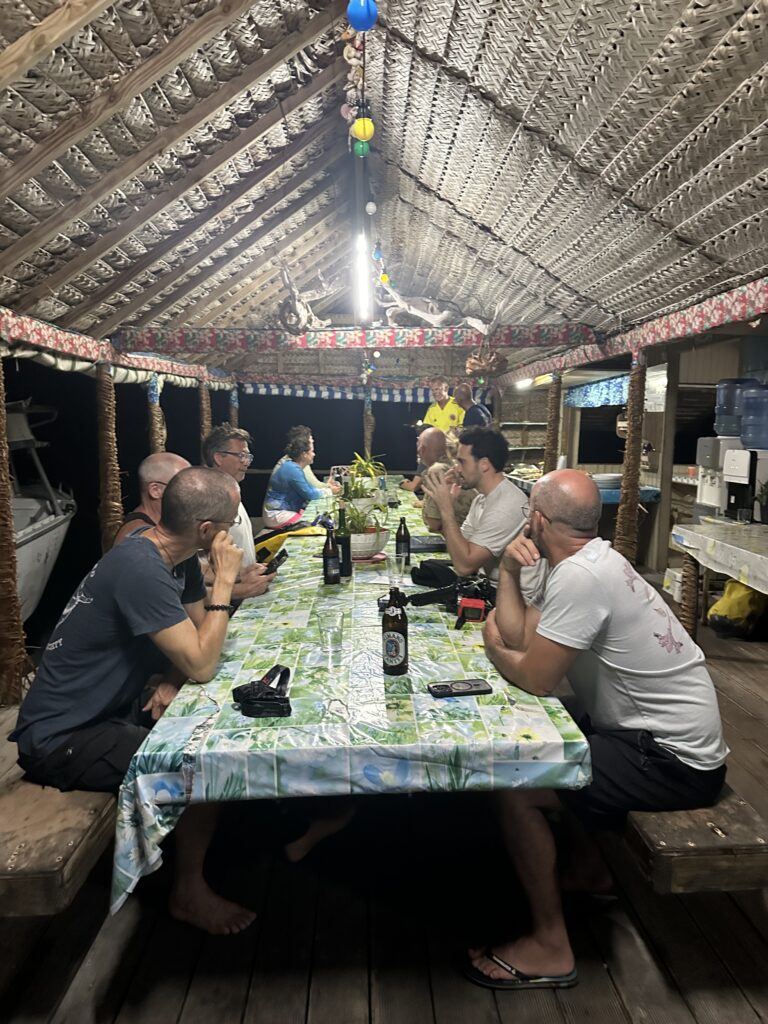
The other night we ate at a local lady’s house, Sabrina, which was by far our favorite meal. She had prepared fish in many ways, chicken and lots of vegetables. We gathered a group of cruisers, and ended up being 11 for dinner.
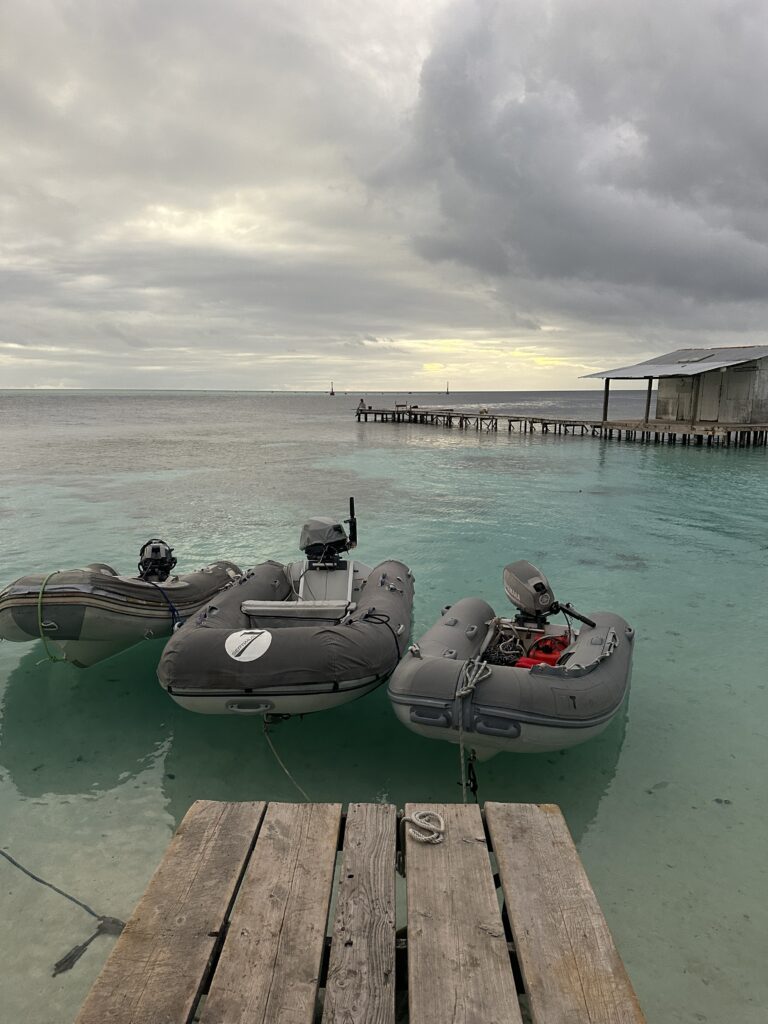
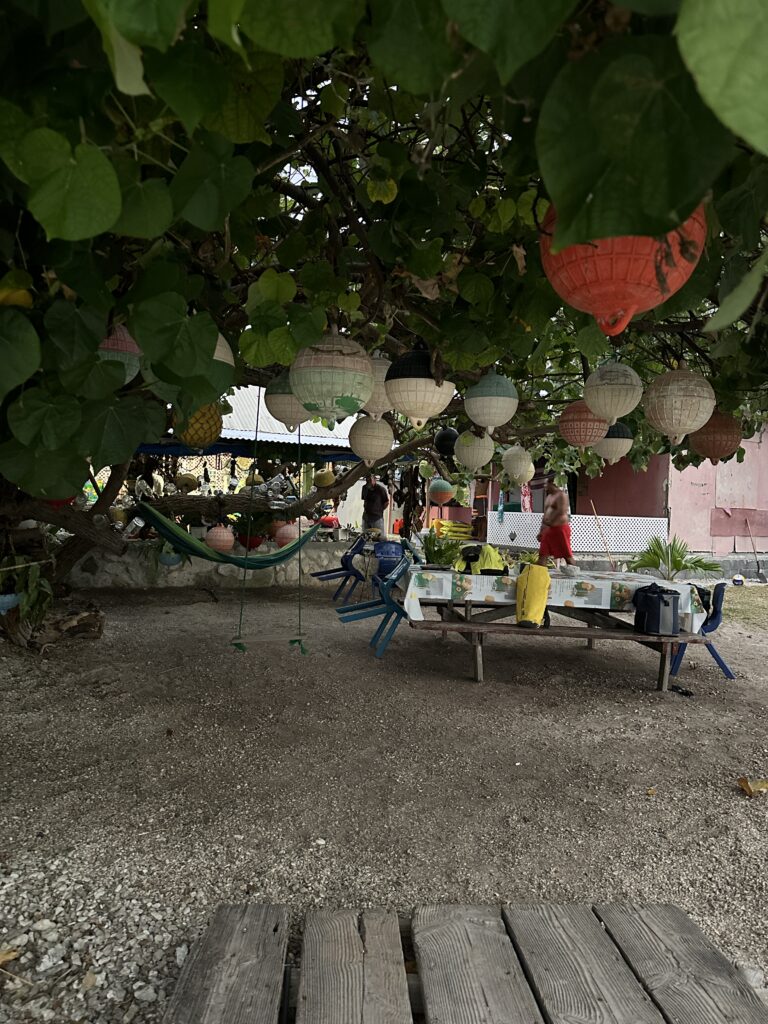
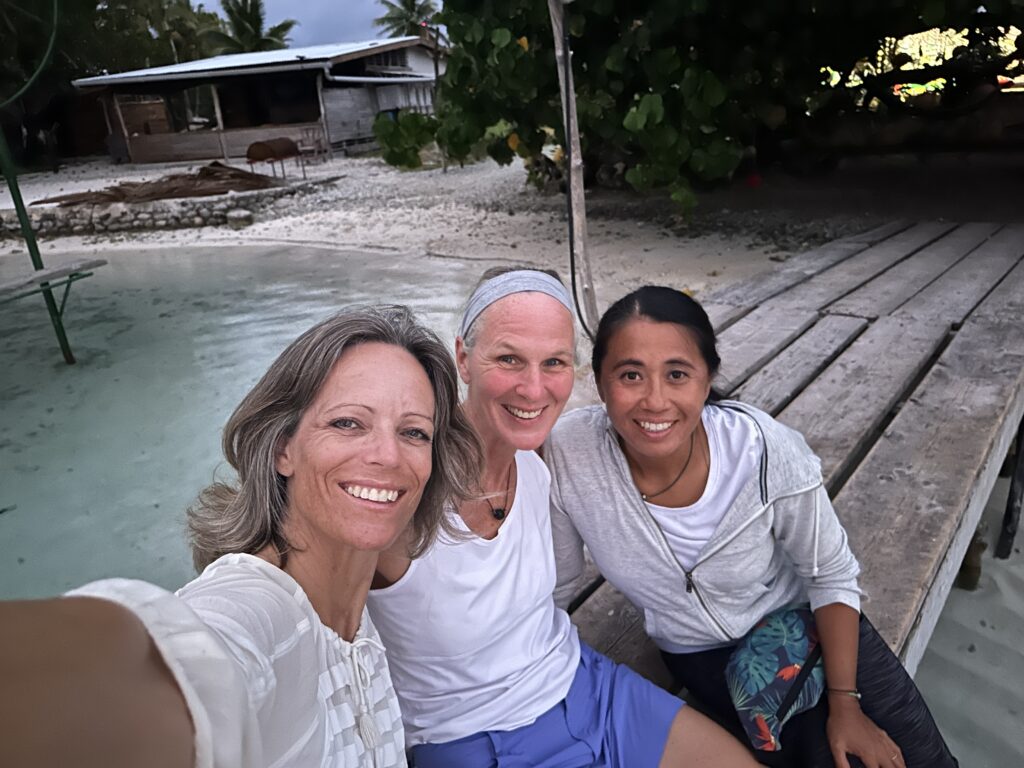
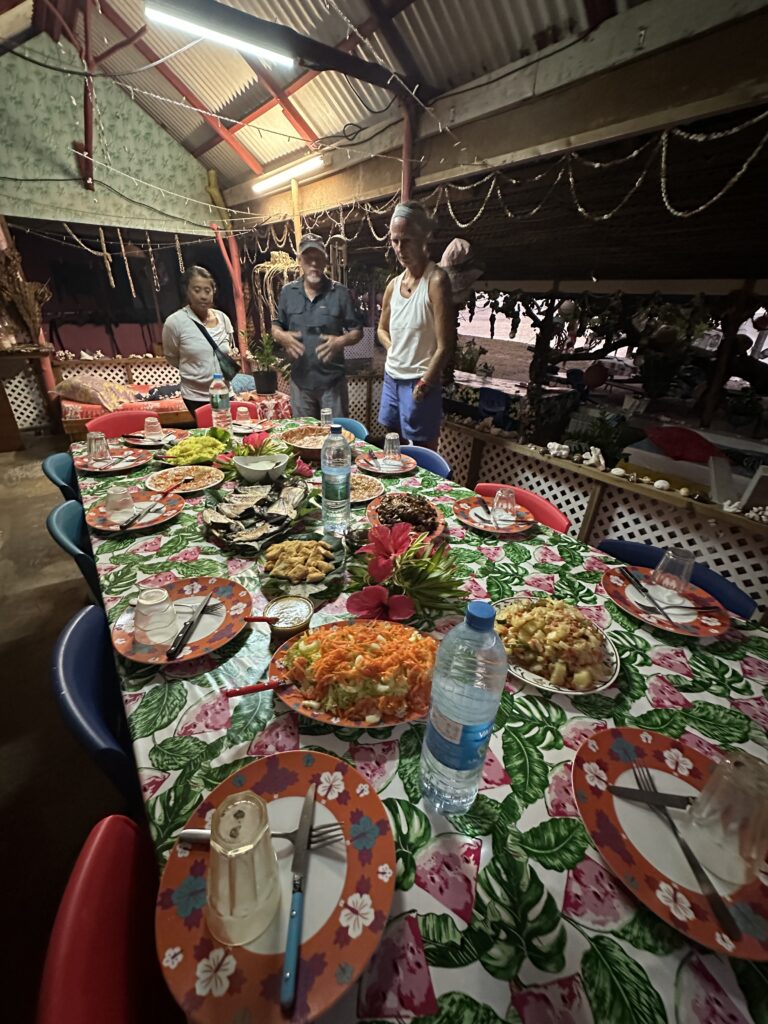
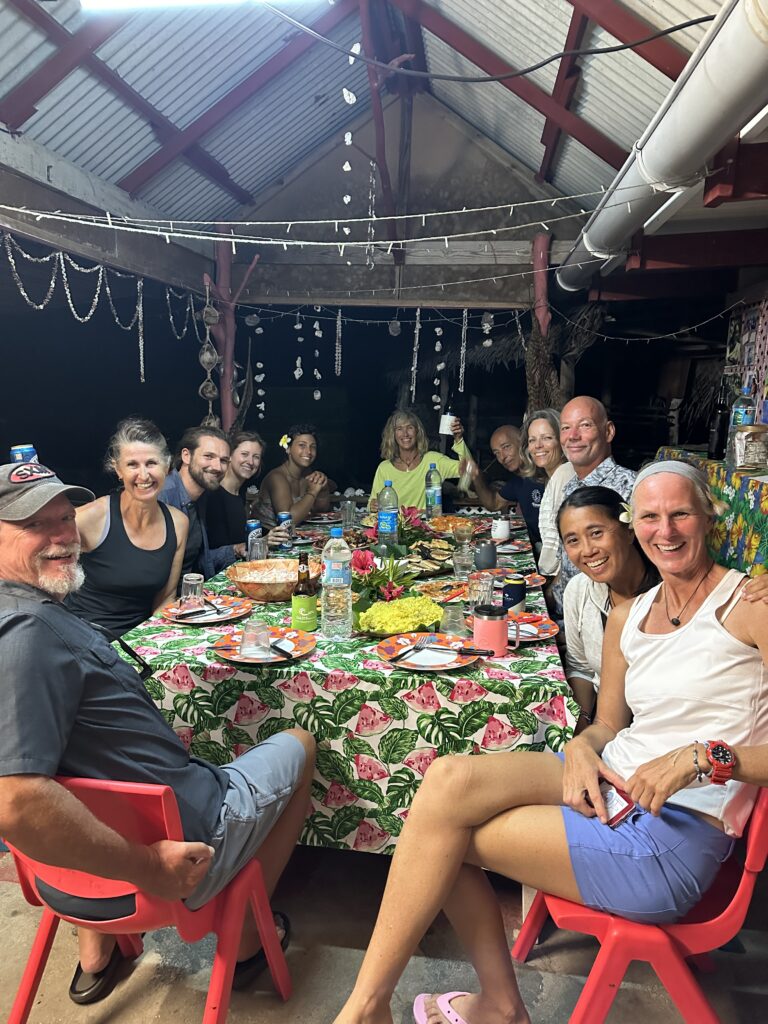
And of course we had to arrange a dinner on Noxoma with our fellow cruiser friends, as we unfortunately have to leave them here. We were not planning to leave the Tuamotus archipelago just yet, but we need to take the boat out of the water for some repairs. Therefore, we are sailing to Tahiti, which should take us about 36 hours, before we plan to return back to the atolls soon again.
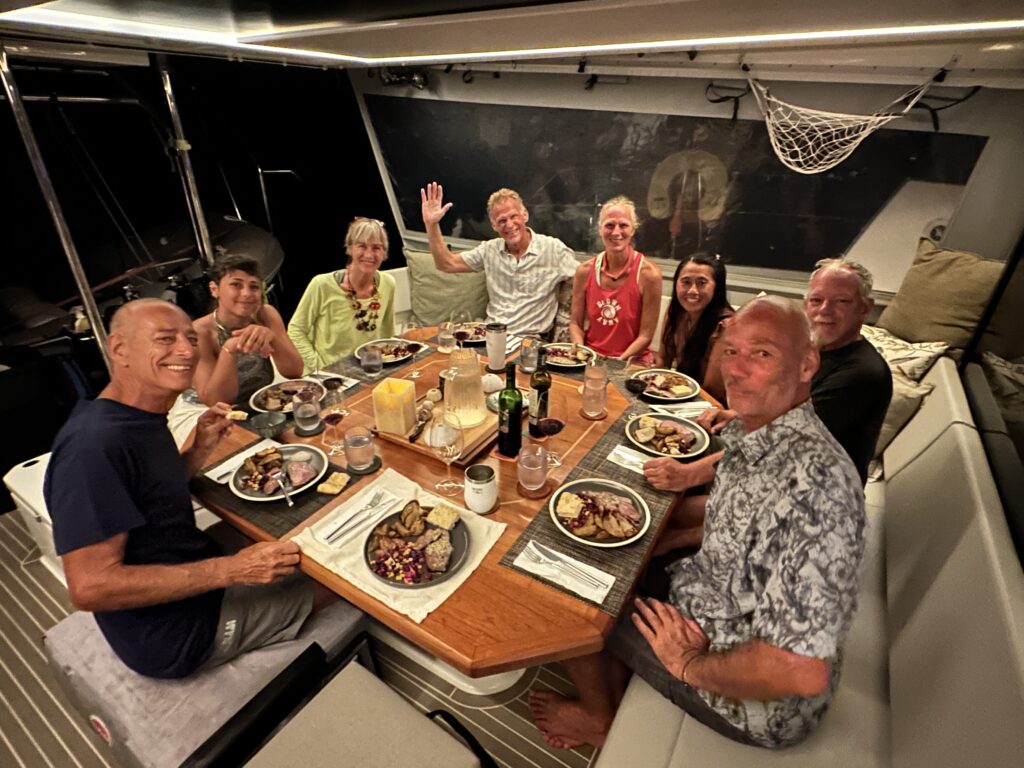
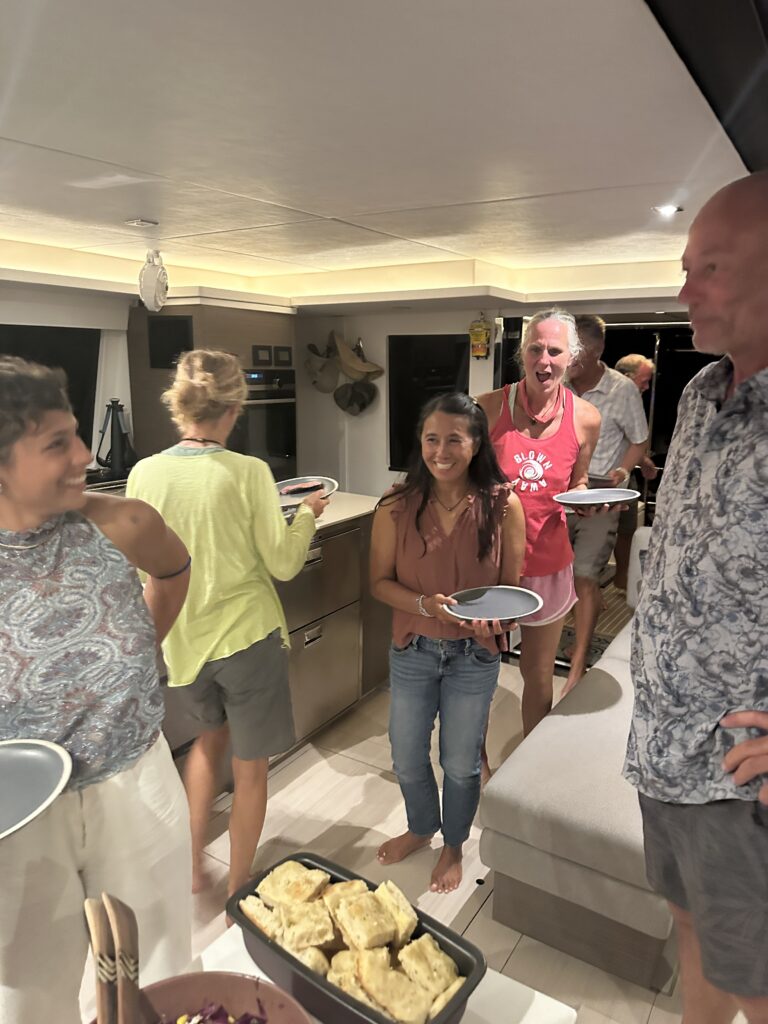
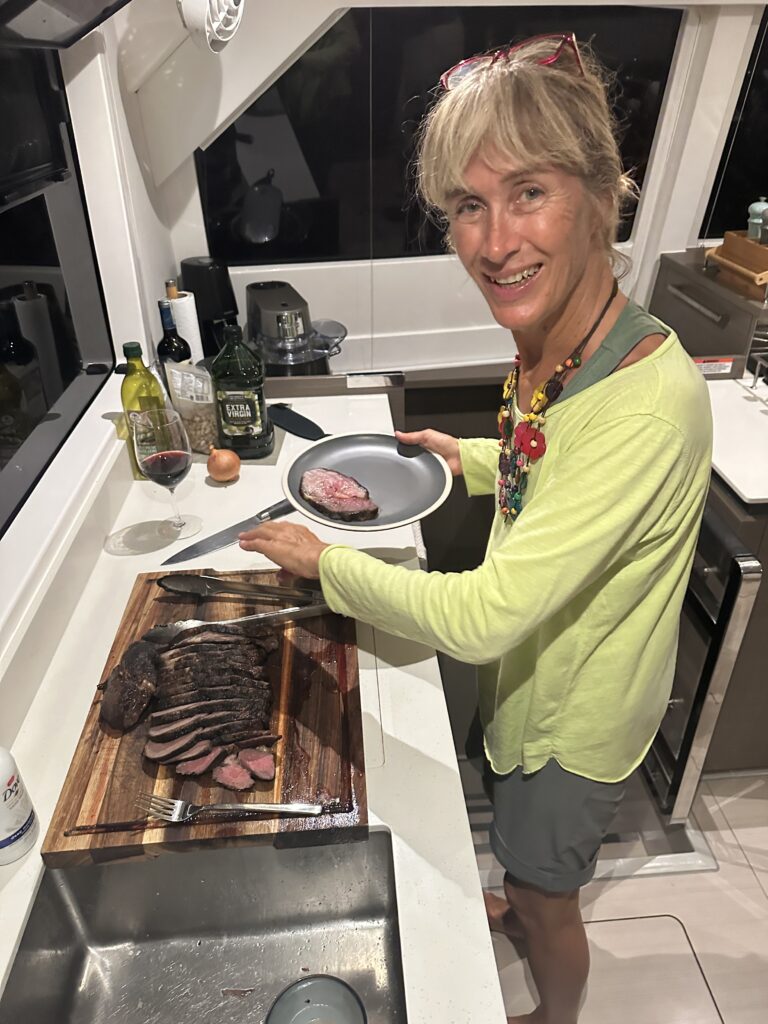
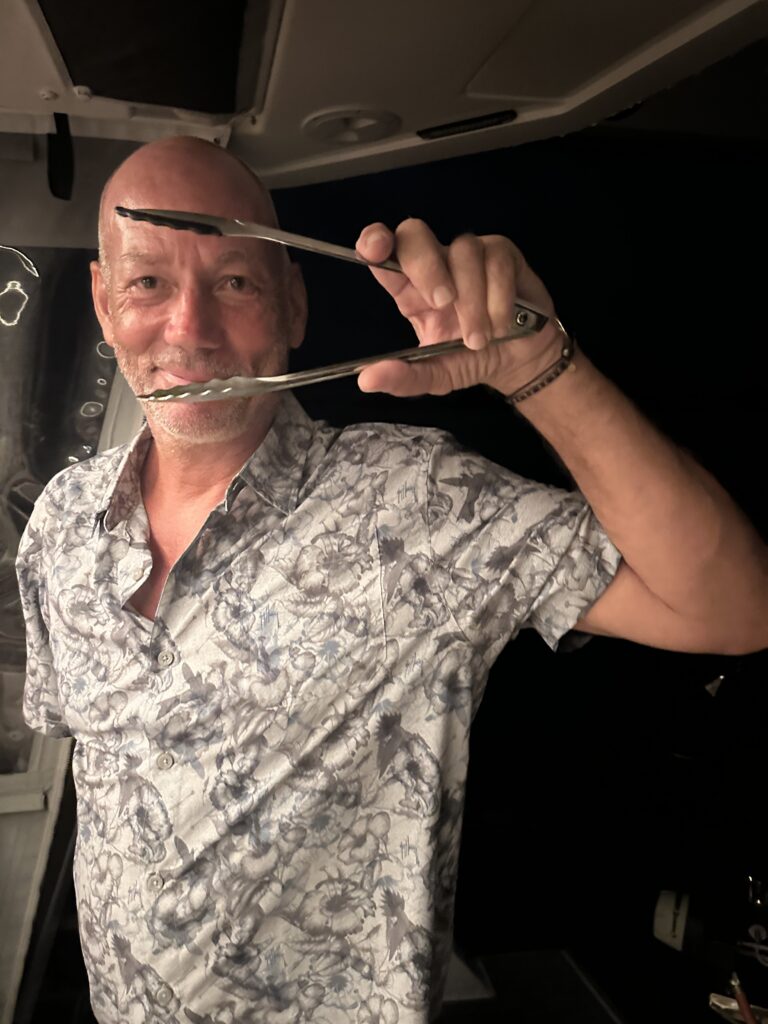
We leave Fakarava after spending almost a month here, and totally see why this atoll is a favorite spot in the Tuamotus. We have had a great mix of socializing with other cruisers, meeting locals and exploring different aspects of atoll living.
